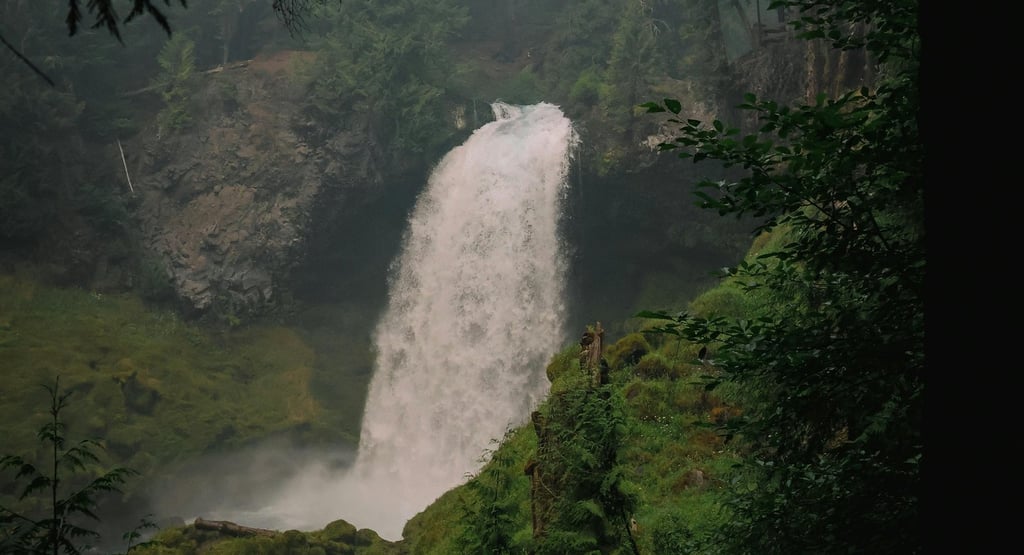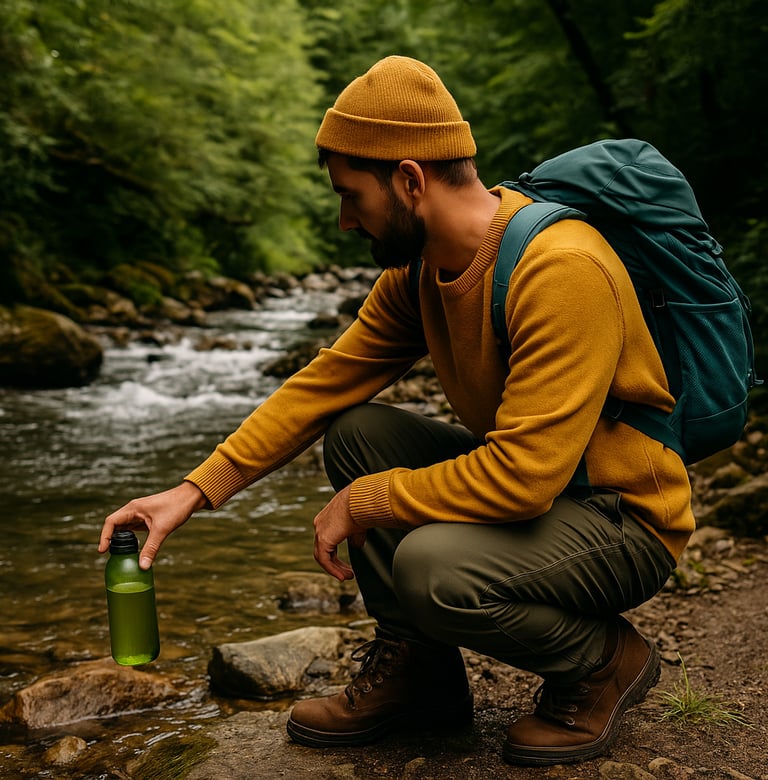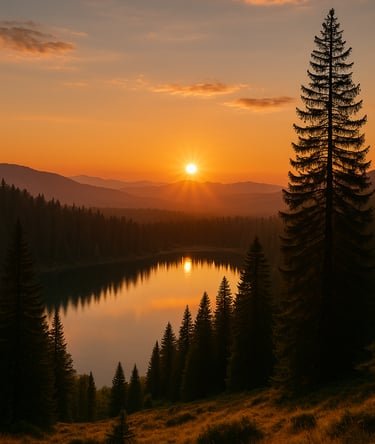Wilderness Water Purification and Hydration: How to Stay Safe and Hydrated in the Wild
Learn how to find, purify, and safely drink water in the wilderness. Discover essential hydration strategies, emergency water sources, and survival water purification techniques for outdoor adventures.


Wilderness Water Purification and Hydration: How to Stay Safe and Hydrated in the Wild
Introduction
When you're deep in the backcountry, staying hydrated isn't just important — it's essential for survival. But not all water sources are safe to drink, and understanding how to find, assess, and purify water can mean the difference between a great adventure and a dangerous emergency. This guide will walk you through everything you need to know about wilderness water safety in a simple, practical way.
Finding Clean Water in the Wilderness
Your first challenge is finding a water source. Streams, rivers, natural springs, and even puddles can all be potential sources of hydration. When you're looking for water, keep an eye out for areas where animals gather or where vegetation is especially green—these are signs that water may be nearby.
Running water is usually safer than still water, but that doesn’t mean it’s clean enough to drink yet. Always assume natural water contains bacteria, parasites, or other contaminants until properly purified.
Purifying Water for Safe Drinking
Once you’ve located water, the next step is to purify it. The most effective way to kill viruses and bacteria is by boiling the water for at least one minute (or three minutes at higher elevations). This method is reliable and doesn’t require any gear beyond a pot and heat source.
Other great tools include water purification tablets, iodine drops, and portable water filters. These options are lightweight and easy to carry, making them ideal for hikers and backpackers.
DIY Water Purification in an Emergency
If you’re caught without gear, there are still ways to purify water using materials around you. Improvised tools like fire and charcoal are also useful in DIY water purification when you're in a pinch. You can make a simple filter by layering sand, charcoal, and small stones in a bottle or hollowed stick. This won’t remove viruses, but it can help clear out visible debris and some bacteria.
Another option is to build a solar still, a low-tech device that uses heat from the sun to distill water from damp soil or plants. It’s slow, but it can be a lifesaver in extreme conditions.
How to Spot Contaminated Water
Not all water is safe to drink, and some signs of contamination are easy to spot. Avoid water that smells foul, appears discolored, or has foam or algae on the surface. Also avoid water found near animal carcasses or heavy human activity. When in doubt, always purify.
Staying Hydrated in the Wild
Dehydration can sneak up on you quickly in the wilderness. It’s important to drink small amounts regularly rather than waiting until you feel very thirsty. Carry a reusable water bottle and make it a habit to sip throughout the day.
Also learn to recognize early signs of dehydration, like headache, dizziness, or dark urine. Catching these symptoms early can prevent bigger problems later.
Emergency Water Sources
In survival situations, don’t overlook creative ways to find water. Rainwater is one of the safest natural sources and can be collected using tarps, tents, or even your clothing. You can also gather morning dew with a bandana or plastic sheet and wring it out.
In some cases, you can obtain moisture from plants through a process called transpiration. Tying a plastic bag around leafy branches in the sun will trap evaporated moisture that condenses into drinkable drops.
Practice Makes Perfect
Just like any other survival skill, practice makes you better. Try different purification methods during hikes or camping trips so you know what works best. Becoming comfortable with these skills ahead of time builds your confidence and increases your safety in the wild.
Final Thoughts
Mastering wilderness hydration and water purification doesn’t have to be complicated. With a little preparation and practice, you can confidently handle water sourcing in almost any environment. Safe hydration is one of the most powerful tools in your wilderness survival toolkit.




© 2025. All rights reserved About | Privacy Policy | Terms and Conditions | Affiliate Disclosure | Disclaimer


